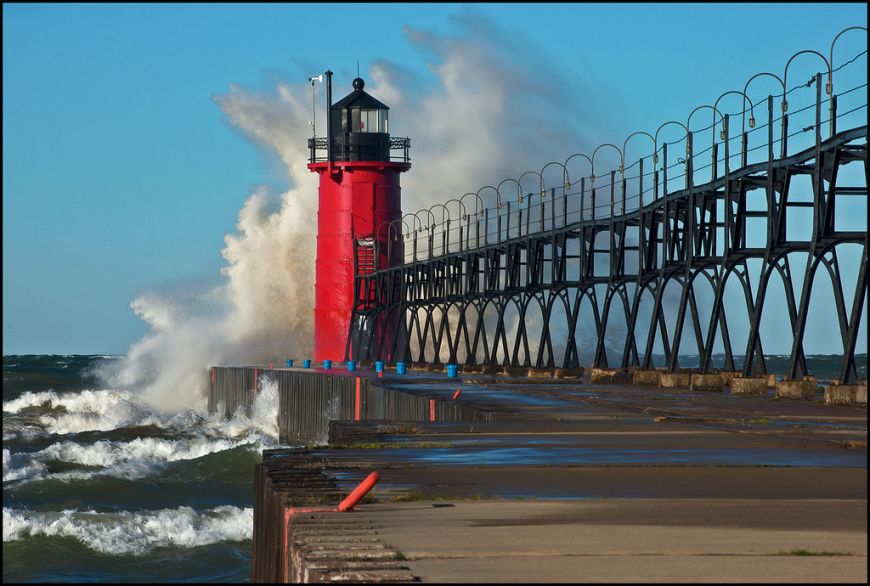
 back to all news
back to all news
Meteotsunami Warning System for the Great Lakes: A CIGLR Summit

The Cooperative Institute for Great Lakes Research (CIGLR) is kicking off its 2017 summit series by focusing on the development of a meteotsunami warning system for the Great Lakes. Tsunamis are a common, yet largely under recognized, phenomenon in the Great Lakes. They are similar to the earthquake-generated tsunamis that occur in the ocean, except they are caused by weather events, thus earning them the name “meteotsunamis.” Rapid changes in barometric pressure, often associated with fast-moving weather systems, can generate meteotsunamis. Although many meteotsunamis are too small to notice, large meteotsunamis can have devastating coastal impacts (damaging waves, flooding, strong currents) that cause significant damage, injury, and death. Meteotsunamis are frequently observed in the Great Lakes, averaging 106 events per year. Examples of destructive Great Lakes meteotsunamis include:
- In 1929, a retreating 20 foot wave pulled ten people to their deaths at in Lake Michigan at Grand Haven, MI.
- In 1954, a 10 foot wave hit Chicago and swept many fishermen off a pier, killing seven.
- In 1998, a strong meteotsunami in Lake Michigan capsized a tug boat at the White Lake, MI harbor.
- In 2003 at Sawyer, MI, seven people drowned in an incident initially attributed to rip currents, though the water level records indicated a moderate meteotsunami occurred around the time of the drownings.
Furthermore, sudden and unexpected water level drawdown due to meteotsunamis could cause dry cooling water intakes at nuclear power plants, leading to insufficient water supply and endangering human safety. Although the hazards that meteotsunamis pose the Great Lakes and U.S. oceanic coastlines has been recognized, a reliable warning system for predicting meteotsunamis has yet to be developed.
From June 19-21, CIGLR will host 25 experts from around the world at the University of Michigan to lay the groundwork for developing a real-time meteotsunami warning system for the Great Lakes. The system would meet weather forecast requirements, thus reducing risks due to coastal flooding, preventing swimmer drowning, and increasing the safety of nuclear power plant operations.
Participants will include representatives from the National Weather Service (NWS), NOAA Center for Tsunami Research, Great Lakes Observing System (GLOS), NOAA Great Lakes Environmental Research Laboratory, and several U.S. and international universities. The summit is being led by Dr. Chin Wu at the University of Wisconsin-Madison. Summit steering committee members include:
Eric Anderson, NOAA GLERL
Victoria Campbell-Arvai, University of Michigan
Philip Chu, NOAA GLERL
Yu-Hen Hu, University of Wisconsin-Madison
Dave Kristovich, University of Illinois at Urbana-Champaign
Greg Mann, NOAA NWS
Steven Ruberg, NOAA GLERL

